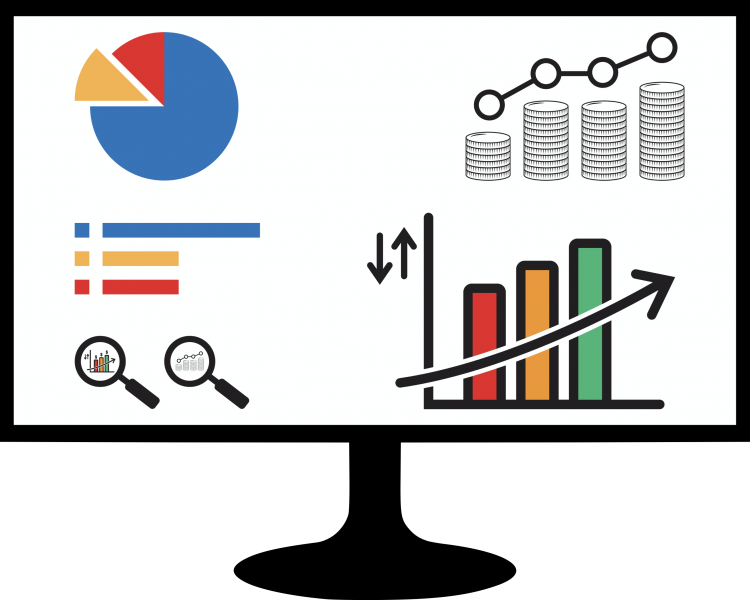In the ever-evolving digital landscape, securing top rankings on search engines like Google is no longer a luxury—it’s a necessity. Search Engine Optimization (SEO) is the key to unlocking this potential, but understanding how to crack the code can be challenging. This blog will uncover the “secret sauce” of SEO, offering insights and strategies that can propel your website to the top of search engine results pages (SERPs).
1.Understanding the Core of SEO:

The Importance of SEO in Digital Marketing:
SEO is the backbone of digital marketing. It ensures that your website is visible to the right audience at the right time. With millions of websites competing for attention, SEO helps your content stand out by optimizing it for search engines. Understanding its importance is the first step toward mastering SEO.
How Search Engines Work:
Before diving into the strategies, it’s essential to grasp how search engines function. Search engines like Google use complex algorithms to crawl, index, and rank websites based on relevance and authority. Understanding these algorithms, although not fully disclosed, can help you align your content with what search engines prioritize.
2.Keyword Research: The Foundation of SEO:

Identifying High-Value Keywords:
Keywords are the bridge between what people are searching for and the content you provide. Conducting thorough keyword research is crucial to identify terms and phrases that your target audience uses. Tools like Google Keyword Planner, Ahrefs, and SEMrush can help you find high-value keywords that have the potential to drive significant traffic to your website.
Long-Tail Keywords: The Hidden Gems:
While short, generic keywords may have high search volumes, they are also highly competitive. Long-tail keywords, on the other hand, are more specific and less competitive, making it easier to rank for them. These keywords may have lower search volumes but can drive highly targeted traffic, increasing the chances of conversions.
3.On-Page Optimization: Crafting SEO-Friendly Content:

Creating Quality Content:
Content is king in the world of SEO. Search engines favor websites that provide valuable, relevant, and engaging content. Focus on creating content that addresses the needs and questions of your audience. Ensure that your content is well-structured, easy to read, and includes visuals like images and videos to enhance user experience.
Optimizing Title Tags and Meta Descriptions:
Title tags and meta descriptions are critical elements of on-page SEO. They are the first things users see on SERPs, so make them compelling and relevant. Include your primary keyword in the title tag and write a concise meta description that summarizes the content while encouraging clicks.
The Role of Headers (H1, H2, H3):
Headers play a significant role in structuring your content. They not only improve readability but also help search engines understand the hierarchy of your content. Use your primary and secondary keywords in headers to boost your SEO efforts. Ensure your H1 tag contains the main keyword and your H2 and H3 tags support it with related terms.
Image Optimization:
Images make your content more appealing, but they also need to be optimized for SEO. Use descriptive file names, add alt text with relevant keywords, and compress images to ensure they don’t slow down your website. Optimized images can contribute to better rankings in image search results and improve overall page load speed.
4.Technical SEO: Enhancing Site Performance:

Improving Site Speed:
Site speed is a crucial ranking factor. A slow website can lead to higher bounce rates and lower user satisfaction. Optimize your site’s speed by compressing images, leveraging browser caching, and using content delivery networks (CDNs). Regularly test your site’s speed using tools like Google PageSpeed Insights to ensure it meets performance standards.
Mobile Optimization:
With the increasing use of mobile devices, mobile optimization has become a necessity. Ensure that your website is mobile-friendly by using responsive design, which automatically adjusts to different screen sizes. Google also uses mobile-first indexing, meaning the mobile version of your site is considered the primary version for ranking purposes.
Secure Your Site with HTTPS:
Security is a top priority for both users and search engines. Switching to HTTPS not only secures your site but also positively impacts your rankings. Google has confirmed that HTTPS is a ranking signal, so make sure your website has an SSL certificate to encrypt data and ensure user trust.
5.Off-Page SEO: Building Authority and Trust:

The Power of Backlinks:
Backlinks are one of the most influential off-page SEO factors. They act as votes of confidence from other websites, signaling to search engines that your content is valuable and trustworthy. Focus on building high-quality backlinks from reputable sources in your industry. Guest blogging, outreach, and creating shareable content are effective ways to earn backlinks.
Social Media Signals:
While social media signals are not direct ranking factors, they contribute to your overall online presence and can drive traffic to your website. Share your content across social media platforms to increase visibility and engagement. The more your content is shared, the more likely it is to attract backlinks and boost your SEO efforts.
Local SEO for Targeted Traffic:
If your business operates locally, optimizing for local SEO is crucial. Claim your Google My Business listing, optimize it with accurate information, and encourage customers to leave reviews. Local SEO helps your business appear in local search results and Google Maps, driving targeted traffic to your physical location.
6.Measuring Success: SEO Analytics and Tools:

Tracking SEO Performance:
To understand the effectiveness of your SEO strategies, you need to track your performance regularly. Tools like Google Analytics, Google Search Console, and Ahrefs provide valuable insights into your website’s traffic, rankings, and user behavior. Use these tools to identify what’s working and what needs improvement.
Adjusting Strategies Based on Data:
SEO is not a set-it-and-forget-it process. It requires continuous monitoring and adjustments. Analyze the data from your SEO tools to identify trends, opportunities, and areas of concern. Be ready to tweak your strategies based on this data to ensure ongoing success.
7.The Future of SEO: Staying Ahead of the Curve:

The Role of AI and Machine Learning:
The future of SEO is being shaped by advancements in AI and machine learning. Search engines are becoming smarter, understanding user intent better, and delivering more personalized results. Staying updated with these trends and adapting your strategies to align with AI-driven algorithms will be crucial for maintaining top rankings.
Voice Search Optimization:
With the rise of voice-activated devices like smart speakers, optimizing for voice search is becoming increasingly important. Voice search queries are typically longer and more conversational. Focus on optimizing your content for natural language and question-based queries to capture voice search traffic.
E-A-T: Expertise, Authority, Trustworthiness:
Google emphasizes the importance of E-A-T (Expertise, Authority, Trustworthiness) in its quality guidelines. Establishing your site as an authority in your industry, creating content that demonstrates expertise, and building trust with your audience will be key to future SEO success.
8.Mastering the Secret Sauce of SEO:
Cracking the code to top rankings in SEO requires a blend of science and art. By understanding the core principles of SEO, conducting thorough keyword research, optimizing both on-page and off-page elements, and staying ahead of emerging trends, you can unlock the secret sauce to achieve sustained success in the digital world.
Investing time and effort into mastering SEO will not only improve your search engine rankings but also enhance the overall user experience on your website, driving more traffic, engagement, and conversions. With the right strategies and a commitment to continuous improvement, your digital agency can thrive in the competitive online landscape.


